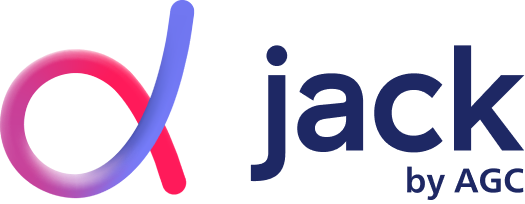
December 10, 2020 by Emmariah Holcomb on GlassBYTEs.com
[email protected]
“You need to take this [factors to consider for ADAS calibrations] seriously and perfect your CRAFFT,” said David DeBoer, Burke Porter Group president and CEO, during an industry meeting.
DeBoer defined CRAFFT as: Calibrated gage – ensuring the gage is accurate, repeatable and placed in a proper environment; Right procedure – right target, and right target position; Attestation – date and time stamp set up before a calibration; Flash – the module [calibration] with OEM software; File – all documents by VIN; and Time – speed up the process for rapid turnaround and lower cost. The webinar, ADAS from Factory to Repair, was hosted by Guild 21 and presented by DeBoer – he discussed the future of ADAS and certain requirements to ensure proper vehicle calibration.
Consider This
“There are nearly 2,500 unique static calibration procedures, many are changing mid-model year and back sating to prior years,” said DeBoer. “With this in mind you have to ask ‘are you sure you have the right procedure?’”
According to DeBoer, with radar, technicians have to consider things like the environment, reflections from metal toolboxes and posts, as ceiling beams can cause improper calibration events to occur. He mentioned a tip: “consider shrouding reflective areas prior to calibrating vehicles,” DeBoer said.
There are nearly 2,500 unique static calibration procedures, many are changing mid-model year and back sating to prior years
Thematic Questions
As the presentation continued, DeBoer highlighted three thematic questions that are often asked. The first centering on if there is one comprehensive product for all ADAS calibrations. According to DeBoer, the short answer is no, as he noted there are four variations that each serve different needs in the market. Auto glass replacement and single sensor calibration are in one variation, collision repair is in another, combination system alignment is in the third, and fleet management is in the fourth.
The second question “will alignment be required before or concurrently with ADAS calibration?” was met with a unique answer. “I think you have to listen to the OEM, but in this case, it appears the answer is ‘it depends’,” said DeBoer. Later however, primarily due to cycle time challenges, standalone ADAS calibration machines were developed.
The third question – how will we insure proper technician training and proof of proper repair? – caused DeBoer to pause. “I don’t think this is a race you can win, I think we’re in trouble, but Henry Ford had the answer years ago,” he said.
According to the presentation, finding and keeping repair technicians is a primary concern for the industry. Henry Ford’s answer, according to DeBoer, involved: standardizing the work, creating clear work instructions, and automating the process with quality checks in place to remove human error from the process.

